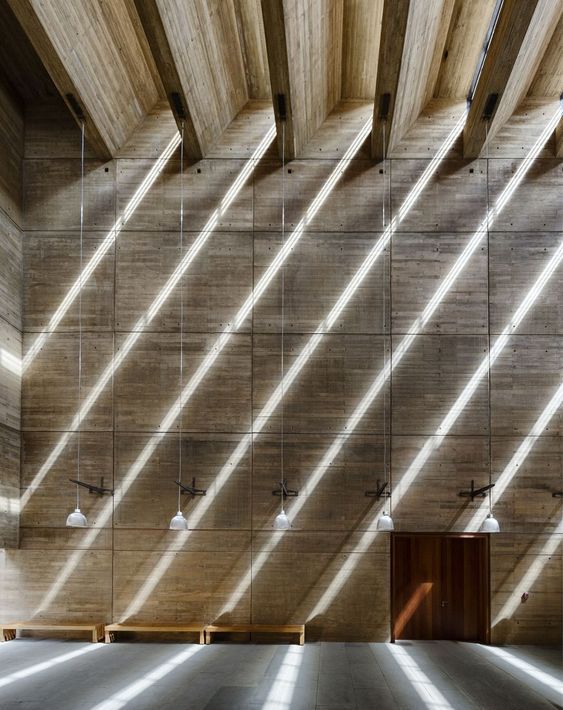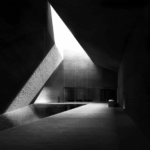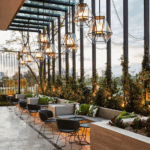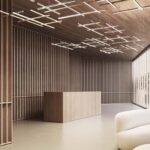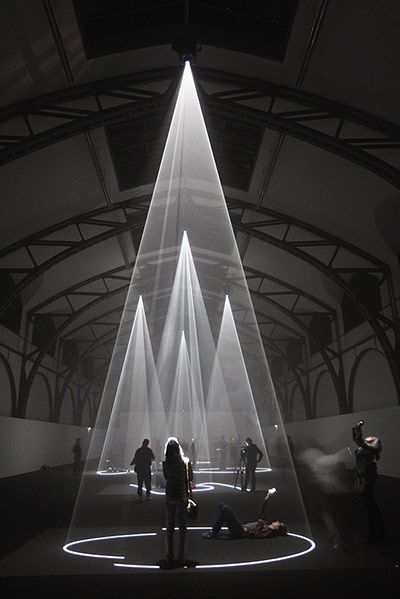
Light design refers to the process of strategically planning and implementing lighting solutions to create a desired ambiance, enhance functionality, and highlight architectural features. It involves the placement of various light sources, such as fixtures, lamps, and bulbs, to achieve a balanced and aesthetically pleasing lighting scheme. Light design can greatly impact the overall look and feel of a space, influencing the mood and atmosphere. It is essential in both residential and commercial settings, as well as in outdoor environments. Proper light design can make a space feel welcoming, comfortable, and visually appealing, while poor lighting can have the opposite effect, making a space appear dull, uninviting, or too harsh. Light design also considers factors such as energy efficiency, sustainability, and cost-effectiveness, ensuring that the chosen lighting solutions are not only visually appealing but also practical and environmentally friendly. With the right light design, any space can be transformed into a beautifully illuminated and functional environment.
Light design is an essential element when it comes to creating the perfect ambiance in any space. Whether it’s a home, office, or public setting, the right lighting can make a significant impact on the overall feel and functionality of the area.
One of the key aspects of light design is understanding the different types of lighting available and how they can be used to achieve specific effects. Ambient lighting, for example, provides a soft, overall illumination that creates a warm and inviting atmosphere. Task lighting, on the other hand, focuses on specific areas where light is needed for activities such as reading or cooking. Accent lighting can be used to highlight architectural features or artwork, adding visual interest to a space. By combining these different types of lighting, designers can create a layered and dynamic lighting scheme that enhances the overall design of a room.
In addition to choosing the right type of lighting, designers also need to consider factors such as color temperature, brightness, and placement. Warm tones can create a cozy and intimate feel, while cool tones can evoke a sense of calm and sophistication. The brightness of a light source can also impact the mood of a space, with dim lighting creating a relaxing atmosphere and bright lighting energizing a room. Proper placement of lighting fixtures is crucial to ensure that light is evenly distributed and that shadows are minimized. By carefully considering these factors, designers can create a lighting design that is both aesthetically pleasing and functional.
Overall, light design plays a crucial role in shaping the look and feel of a space. By understanding the different types of lighting available, as well as factors such as color temperature, brightness, and placement, designers can create a lighting scheme that enhances the overall design of a room. Whether it’s creating a cozy atmosphere in a living room, providing task lighting in a workspace, or accentuating architectural features in a public setting, the right lighting can truly transform a space.
 Decor ideas Style Starts Here
Decor ideas Style Starts Here
